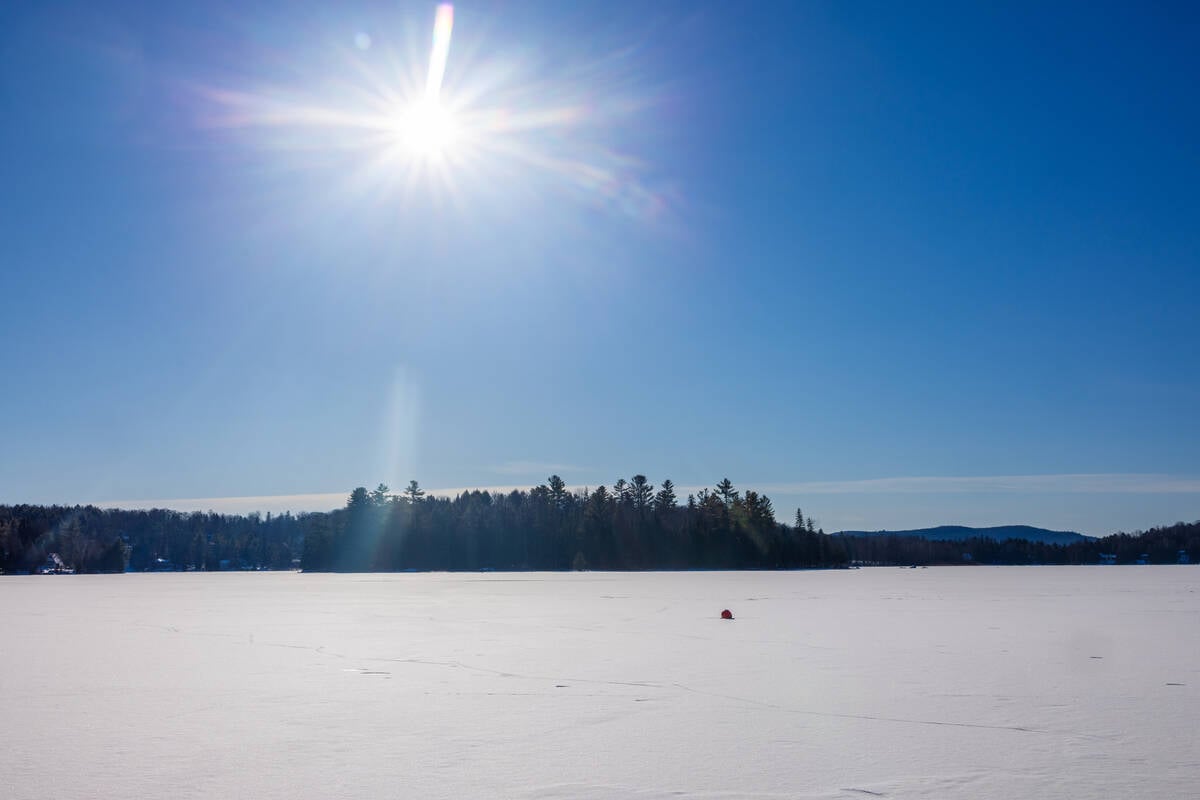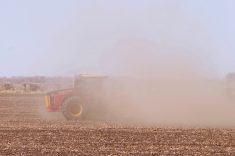Friday, Sept. 30, is the second annual National Day for Truth and Reconciliation. The date was declared a federal statutory day of commemoration in June 2021 by the Trudeau government, and it’s meant to honour First Nations, Inuit and Métis survivors of Canada’s Indian Residential Schools, their families and their communities.
Residential schools for Indigenous children in Canada were first set up in the 17th century and they persisted until the late 1990s, creating a legacy of shattered Indigenous cultures and communities and lingering intergenerational trauma. Those directly or indirectly affected by the residential schools were able to share their stories and experiences during the Truth and Reconciliation Commission, which ran from 2008 to 2015.
In its final report, the commission detailed 94 calls to action. The National Day for Truth and Reconciliation is a direct response to Call to Action 80, which called for a federal statutory day of commemoration. There are lots of reasons why it is important for all Canadians to mark the National Day for Truth and Reconciliation, not just this year but every year going forward.
Read Also

Health hazards are often overlooked risks on the farm
While quite different from the dangers posed by farm machinery, hazards such as loud noise or sun exposure require the same proactive attention, the Canadian Agricultural Safety Association says.
For one, a fundamental principle underlying the truth and reconciliation process is there can be no reconciliation until truths have been told. These truths continue to emerge (like news reports about hundreds of unmarked graves on the grounds of former residential schools in Saskatchewan and British Columbia), which is why it’s so crucial for Canadians to understand that truth telling — and, as importantly, truth hearing — takes time.
Having a National Day for Truth and Reconciliation encourages Canadians to reflect on this tragic period the commission describes as “cultural genocide,” and, hopefully, to also build a better understanding of how the devastating effects of Indian Residential Schools persist to this day.
Not everyone feels this way. I am a white male with all the privileges that come with living a comfortable middle-class life, and, in my social circle, I know some people who believe it’s time to turn the page on residential schools. Some may be sympathetic but are simply impatient, feeling it’s time to move on and leave the past behind us. For others, it could be bias rooted in their own life experiences and socioeconomic status, or simply prejudice, that makes them feel this way.
My sense is there are many people out there who may be reluctant to really embrace or at least acknowledge the National Day for Truth and Reconciliation — not because they are bad people, but because the truth hurts.
It hurts to hear about atrocities like the deaths of children at residential schools and other injustices suffered by Indigenous peoples, and this is the way it should be. The painful truth is that First Nations, Inuit and Métis people are continuing to tell their truths about the damage done by the residential school system and non-Indigenous Canadians need to hear them, whether they like it or not.
The National Day for Truth and Reconciliation is an opportunity for non-Indigenous people like me to take a hard look at the past and present — to try to understand how the history of European colonization and oppression of First Nations, Inuit and Métis has set up a system that people continue to suffer under, and, even more importantly, to think about what each of us can do to help rectify past and present wrongs. All of this is necessary to help foster the healing so integral to the truth and reconciliation process.
Building a better tomorrow for First Nations, Inuit and Métis in this country is a collective responsibility that must be shared by all Canadians. People must also recognize the way forward has to be charted by Canada’s Indigenous peoples. History has shown the consequences can be disastrous when decisions are left out of their hands.
There are some amazing stories of how First Nations, Inuit and Métis are charting this path. For instance, a growing number of Indigenous communities see farming as a key to a more prosperous future but also as a way to heal. You can read about the efforts by First Nations in the File Hills area of Saskatchewan to carve out a new legacy of Indigenous people in agriculture at https://gfmdigital.com/truth-and-reconciliation/reconciling-the-painful-past-creates-hope-for-a-more-promising-future/.
















